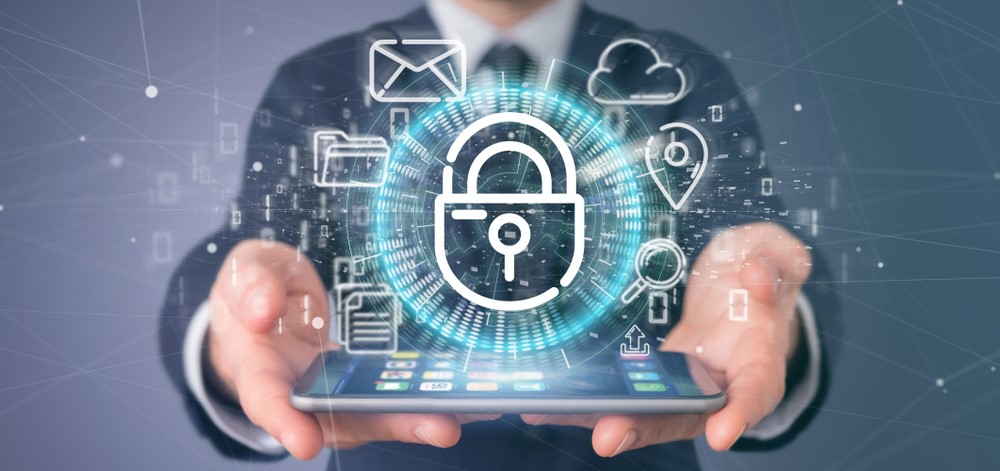The internet is the top necessity of almost everyone these days. It is even necessary for some people to be connected to the web around the clock. However, retaining that stable access can be a challenging job. Yes, most of us have mobile data, but turning your smartphone into a hotspot seems a bit inconvenient. After all, if you plan to perform some heavy activities, you will run out of data pretty soon. Hence, we turn towards Wi-Fi connectivity.
Although almost every place has Wi-Fi, it is not imperative that it will be safe. Even though it might be free, you might just pay another price. Your data and activities performed while connected to an unsecured hotspot are in danger. If you consider that some hotspots might be baits perpetrators use to lure victims, the situation intensifies.
1. Man-In-The-Middle Attack
The MITM attack is a frightening way used by snoopers to spy on the privacy of the users. An unsecured public Wi-Fi is a prime way used by them. The man-in-the-middle can be a Wi-Fi attack where a person tries to act as an authentic service provider to get hands-on user data.
In simpler terms, it means that the attacker intercepts a communication between two entities. For example, it might be and the Wi-Fi network you have connected to.
2. Unencrypted Connections
Encryption is a great tool that shields user data from unauthorized access. However, when you connect to public Wi-Fi, it is possible that your traffic does not receive the proper attention. By attention, we mean encryption that your home network hopefully applies.
A random Wi-Fi hotspot will not have many protections you need. For instance, it is unlikely that a password will protect free Wi-Fi. If it is, the combination is something simple, like the name of the restaurant. Additionally, an unencrypted connection means that your communication is not private if you enter a website using HTTP.
Luckily, there are tools that can perform internet traffic encryption for you. A VPN for PC is one of the solutions, and it is a rather user-friendly solution. All you have to do is download an app, connect to a server, and you are done. After that, information about your internet traffic is encrypted, and Wi-Fi hotspots are not as dangerous. With a VPN, you can connect to Wi-Fi even if it does not offer the best security.
3. Eavesdropping
The term eavesdropping is not just limited to listening to someone’s audio conversation. The term can also be used for keeping track of everything a user shares over the network. There are many of us, especially businessmen that tend to share a lot of data via mail with our colleagues. If you are linked to public Wi-Fi while sharing critical information like this, you might be inviting hackers to financially harm you.
The exact term for this is packet sniffing which means that the hacker can use the unencrypted Wi-Fi to track and get hands-on what you are transmitting and receiving. So, refrain from using public open Wi-Fi.
Ways to Stay Safe While Using a Public Wi-Fi
There are various ways to shield yourself from the prying eyes of hackers while using public Wi-Fi.
- Keep the Wi-Fi auto-connect, and Bluetooth discoverability feature OFF at all times. You do not want to accidentally connect to random networks.
- Check if the websites you are accessing have the HTTPS prefix before their domain name.
- Use a VPN for browsing. It will keep your data encrypted and your identity anonymous.
- Keep your PC firewall enabled at all times.
- Invest in good antivirus software.
Final Words
In the era of computers, Wi-Fi has become an inevitable part of our lives. However, it is essential to have some sort of security in place for a better and safer experience. While some Wi-Fi hotspots might put more effort into protecting their clients, they are the exceptions, not the rule. Thus, before you hit connect always consider the possibility of someone watching over your shoulder as your browse.
Hence, you need to know about these and refrain from connecting to networks that seem suspicious; follow the methods mentioned above to safeguard your data when connected to public Wi-Fi.


